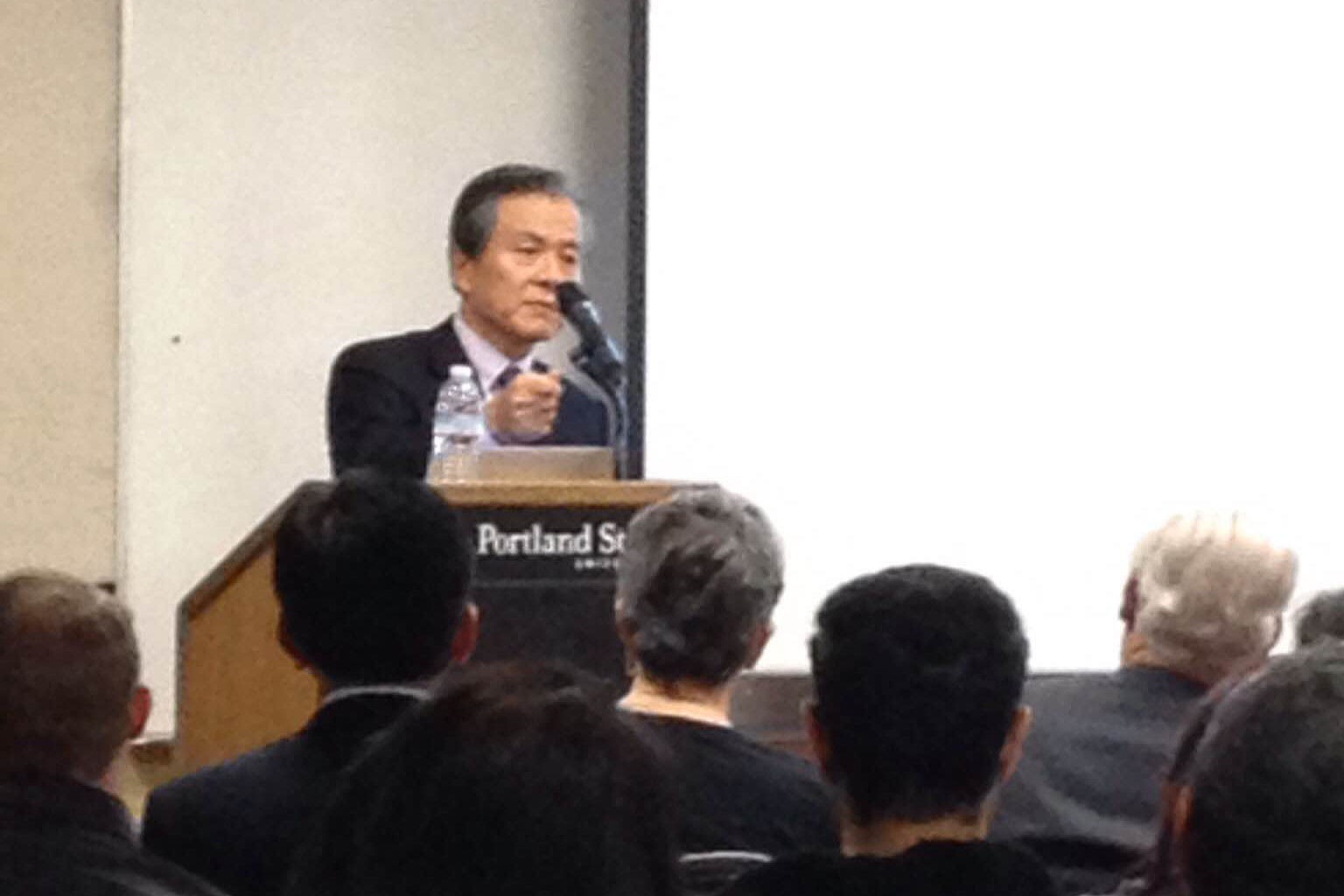Heads of state and government from 89 countries across the world convened at the United Nations on Sept. 27, to end what they believed was the greatest social injustice in the world today: gender discrimination. It was a historic gathering at the highest level. The focus was committed to empowering women and establishing gender equality.
But can this fifty-fifty partnership between men and women ever become a reality?
Here are some current figures:
- As of August 2014, 74 colleges in the United States had pending Title IX sexual violence investigations. Title IX is a 1972 law that prohibits gender discrimination in institutions that receive federal funding.
- Only 22 percent of all national parliamentarians are women.
- Caucasian women with full-time jobs only earn about 77 percent of the earnings of their male counterparts. African-American women earn 64 cents and Latina women earn 56 cents to every dollar a caucasian man makes.
- Women currently hold only 4.8 percent of CEO positions at S&P 500 companies.
“On an average, there are about 200 instances of gender discriminatory acts reported annually on campus,” said Sheena Ino, from the Women’s Resource Center at Portland State. WRC works to support victims of sexual assault, Interpersonal Violence (IPV) or any gender-based violence on campus. The IPV program is connected with their Title IX rights. This includes, but is not limited to:
- Safety in attending classes, working on campus and participating in campus life.
- Help with relocation of housing and finding alternative temporary housing.
- Academic support to make sure grades are not deducted and made up at a later date.
- Assistance in referring to counseling, medical support, and legal service.
“Gender discrimination and subordination of women in particular has been existent in human society since its origin,” said Heejung Youn, a South Korean graduate student. In her culture, it is ingrained that women are subordinate to men.
“In schools and colleges, the student president is almost always a male student,” Youn said. In her own family, her parents paid for her brother’s higher education in a private university and also offered him a house when he got married. She was not offered such privileges.
Gender discrimination and violence is a huge issue in Brazil, according to Mitzi Passos, a post-baccalaureate student from Brazil. So much so that this year’s essay theme for the Exame Nacional do Ensino Medio exam in Brazil—similar to the SATs in the United States—was “the persistence of violence against women in Brazilian society.”
Despite the opposition and controversy surrounding this topic, Passos said, “I am glad this topic was put out there, because it forces people to think about it, discuss it and realize that it is wrong and that there needs to be a change.”
According to Passos, education is the only key to mass cultural change in society. “Children are the change agents. It’s only through the education system that children can learn new ideologies better suited to our current world.”
“Austria is a meritocracy, where you prove yourself based on skills, education and hard work. This concept is drilled into children from a young age,” said an Austrian graduate student, who wishes to remain anonymous. “Men don’t have to prove to be macho or powerful in society. And women are respected as much in their homes and profession as men are.”
However, the zeitgeist in North America is very different, according to the unnamed student. Having lived in both Canada and the United States for a considerable amount of time, the student said, “Society here is based mostly on sexualization of everything and everyone. Media runs society. Advertisements on TV just need to be sexual to sell.” Unlike in Austria, where ads have to have real substance.
In Canada—where the student worked in a restaurant—women were not allowed to be chefs. They were only expected to be good waitresses. “People at the top of many companies are mostly old white men. And these men don’t really care about gender issues or supporting gender-based causes,” the anonymous student said. “The non-diversity of thought and culture at the top is what is preventing change from happening.”
So are the promises and commitments made by the 89 heads of state in the United Nations really going to close the gap between the two genders?
The conclusion here is that change will take time, and it will take a lot of women not giving up. No one will help women, unless they help themselves. Women need to support their own cause and go into the workforce and be great role models for change to happen. The world needs strong female role models that go into politics, government, media and various different fields and change the minds of leaders in those fields. Only then will the change trickle down into society. This, coupled with modern methods of education, is the key to mass cultural change. If allowed to flow freely through society, we will definitely reach planet fifty-fifty—hopefully sooner than 2030.
Students can access an IPV advocate by calling (503) 725-5672





